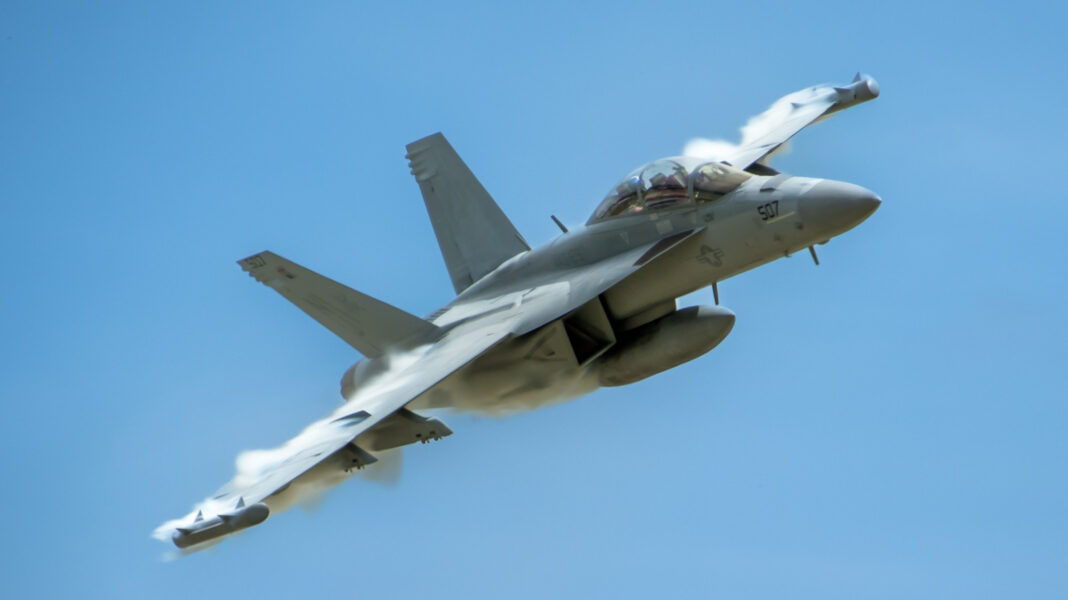Military Aircraft and Ships Camouflage: A History of Grey
Today’s military forces boast some of the most advanced hardware and crafts known to mankind. From cutting-edge military aircraft with powerful engines to futuristic high-tech weapons, the array of military equipment is vast and impressive. However, amidst this diversity, one constant feature stands out – the practice of painting military aircraft and ships grey.
The military has been painting its ships and aircraft grey for decades, and the reason behind this choice goes beyond mere aesthetics. The primary purpose of this monotone color is to help these vehicles blend seamlessly into their surroundings, providing effective camouflage against enemy forces. While the concept of grey as a camouflage color may seem straightforward, delving into the history, properties of the paint used today, and the evolution of camouflage schemes reveals a fascinating narrative of technological advancement.
The Evolution of Aviation Camouflage
The use of grey in military equipment dates back to the early 19th century when countries like Austria recognized the effectiveness of grey as a camouflage color for their troops. Apart from its camouflage properties, the affordability of grey paint made it a popular choice among various military forces, including the Confederate Forces and the German Army.
By World War I, countries like France and Germany had adopted grey as a primary color for their aircraft. As technology progressed, more aircraft incorporated grey schemes, with radar-absorbent paint containing iron spheres becoming a standard feature. This innovative paint technology helps absorb electromagnetic radiation, reducing the chances of radar detection.
Fast forward to modern times, and iconic aircraft like the F-14, the MiG-17, the F-16, and the RAF Tornado ADV all feature shades of grey in their camouflage schemes. The strategic use of grey paint continues to play a crucial role in concealing military aircraft and enhancing their stealth capabilities.
Naval Camouflage Through the 20th Century
Similar to aircraft, naval ships have long embraced the color grey for camouflage purposes. The U.S. Navy’s exploration of naval camouflage began as early as 1899, with artists like Robert DeForest Brush contributing to the development of effective camouflage systems.
During World War I, the U.S. Navy experimented with various camouflage schemes, including the Herzog scheme and the Toch system. These early systems laid the foundation for more intricate designs like the dazzle system, inspired by British naval camouflage techniques. The dazzle paint scheme aimed to disrupt the ship’s outline, making it challenging to determine its size, range, and speed.
As advancements in technology rendered dazzle schemes less practical, the Navy transitioned to using shades of grey for naval camouflage. Grey’s low visibility properties made it an ideal choice for blending with the horizon and various sea conditions. Today, naval vessels predominantly feature shades of grey, with the Navy opting for hues like haze grey to ensure effective camouflage.
Conclusion
The history of military aircraft and ship camouflage paints a vivid picture of innovation, adaptation, and strategic evolution. From the early adoption of grey as a camouflage color to the incorporation of advanced radar-absorbent paint, the journey of military camouflage reflects the relentless pursuit of stealth and effectiveness in modern warfare.
In essence, the timeless choice of grey for military aircraft and ships goes beyond mere aesthetics – it symbolizes a strategic approach to concealment and protection in the ever-changing landscape of military operations.
Frequently Asked Questions
- Why do military aircraft and ships use grey for camouflage?
Military aircraft and ships use grey for camouflage to blend effectively with their surroundings and evade detection by enemy forces. - What is the history behind the use of grey in military camouflage?
The use of grey in military camouflage dates back to the 19th century when countries recognized its effectiveness in concealing troops and equipment. - How does radar-absorbent paint work on military aircraft?
Radar-absorbent paint contains iron spheres that absorb electromagnetic radiation, reducing the chances of radar detection. - What are some famous military aircraft that feature grey camouflage schemes?
Iconic aircraft like the F-14, the MiG-17, the F-16, and the RAF Tornado ADV are known for incorporating shades of grey in their camouflage designs. - Why did the U.S. Navy transition to using grey for naval camouflage?
The U.S. Navy opted for grey in naval camouflage due to its low visibility properties, making it an ideal choice for blending with various sea conditions. - What were some early naval camouflage schemes experimented with by the U.S. Navy?
The U.S. Navy explored schemes like the Herzog scheme and the Toch system before transitioning to more advanced designs like the dazzle system. - How did the dazzle paint scheme disrupt a ship’s outline?
The dazzle paint scheme utilized irregular patterns to break up vertical and horizontal lines, making it challenging to discern the ship’s key attributes. - What role does grey play in modern naval camouflage strategies?
Grey hues, such as haze grey, are strategically used in modern naval camouflage to ensure effective concealment and blending with maritime environments. - How has the concept of camouflage evolved in military operations over the years?
The evolution of military camouflage has seen a shift towards more advanced technologies and strategic approaches to enhance stealth and protection in combat scenarios. - Why is the history of military camouflage significant in understanding modern warfare tactics?
Understanding the history of military camouflage provides insights into the strategic decisions and innovations that have shaped modern warfare tactics and equipment.Tags
Military Aircraft, Ships, Camouflage, Grey, Aviation, Naval, History, Camouflage Schemes, Radar-Absorbent Paint

